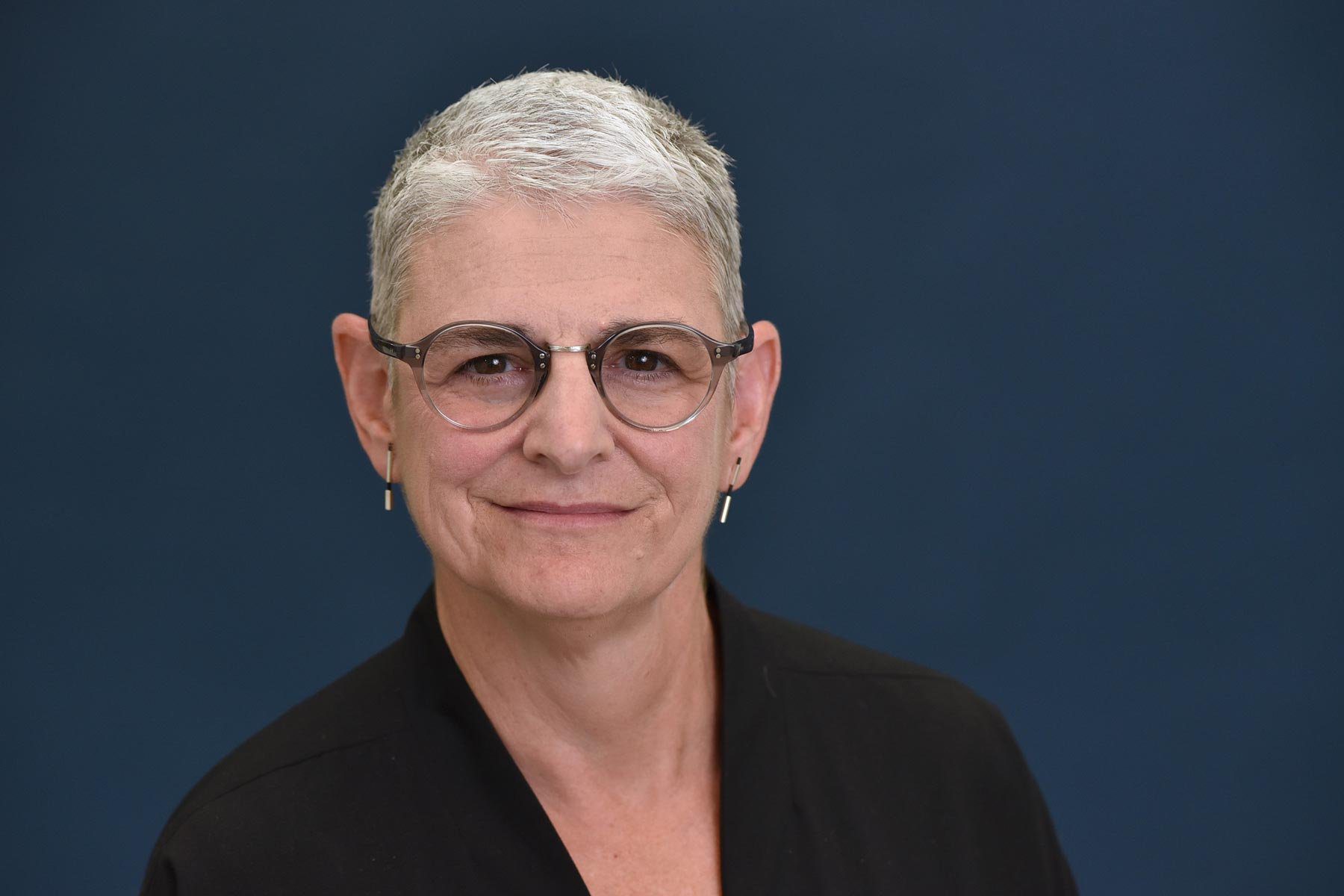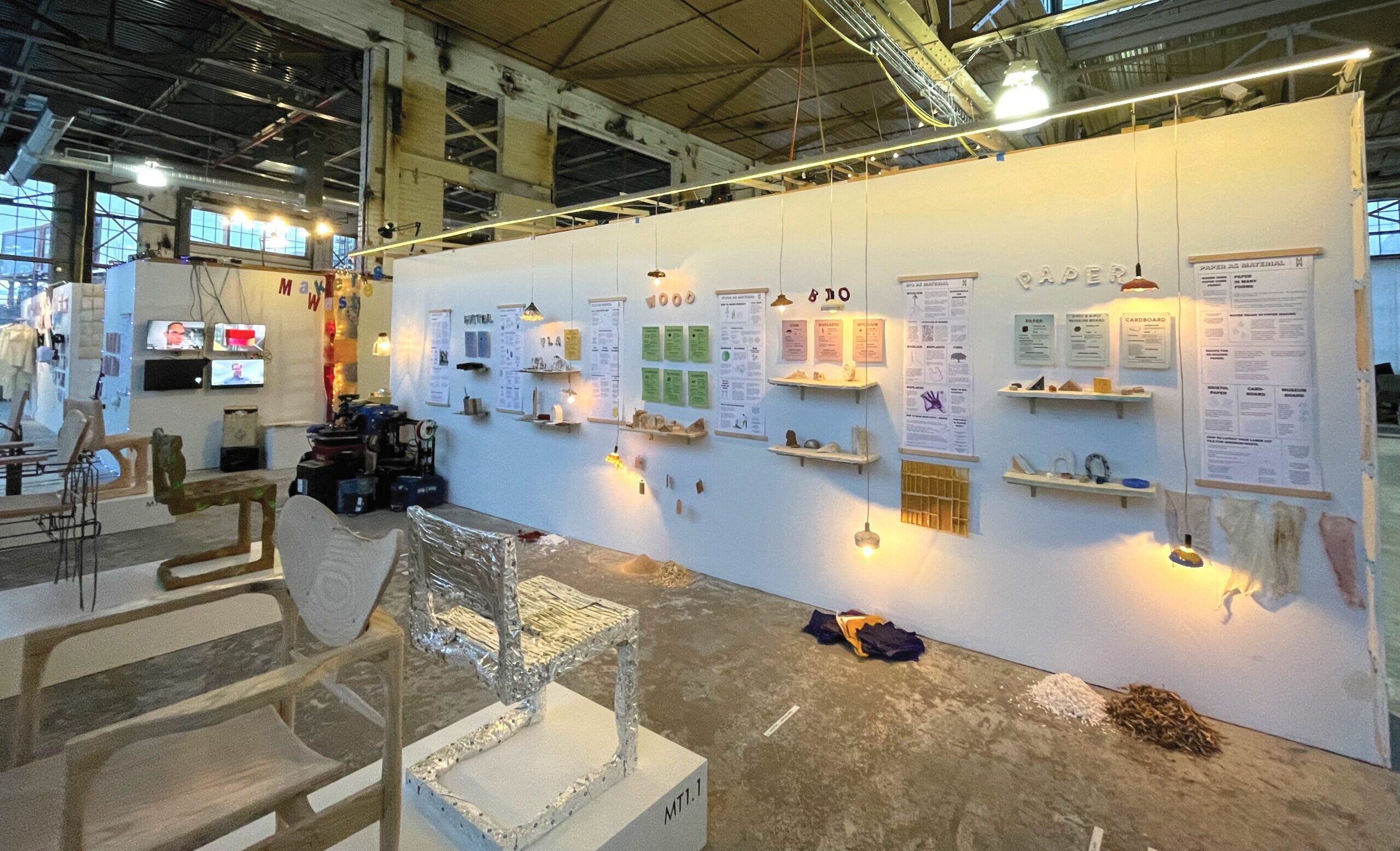This story was updated in January 2022
Sharon Haar is especially interested in what she terms “social activist networks in architecture,” which bring architects together with global social movements, nongovernmental organizations, local communities, and other groups to work toward sustainable solutions to problems in the built environment. Her work has included explorations of the intersection of higher education and urban space — with particular regard to the changing nature of the university campus — and her research and creative practice span social justice-related issues in cities from Chicago to Shanghai.
One of the top challenges for architects with a passion for social justice is the need for affordable, appropriate housing. Haar, a professor of architecture at Taubman College, is principal investigator of the Collective for Equitable Housing, an interdisciplinary collective of U-M faculty working on housing and urban communities. Their public-facing platform will be the first for U-M to study housing holistically, building upon cross-campus relationships and partnerships with external organizations.
Some of the Collective’s work focuses on Detroit, a city with “a lot of land but not a lot of available quality housing,” says Haar. “Single-family housing stock makes up the majority of Detroit, and it’s scattered around a vast area. Even if all of that housing were to be transformed and reoccupied, the low density makes it very difficult to build collectivity.”
Detroit, like many cities, is in great need of housing that’s both accessible and appropriate for its residents — especially the 40 percent of Black Detroiters who don’t have access to a car. Taubman students explored that challenge in a recent iteration of the Systems Studio, which Haar relaunched in fall 2016 during her tenure as architecture program chair in partnership with then City of Detroit Planning Director Maurice Cox and Taubman College faculty Lars Gräbner and Christina Hansen.
“It is an excellent instance of architecture research and design at a world-renowned university being driven toward community need,” Haar says of the Systems Studio. “Students see how their work can impact contemporary rebuilding in a major American city. Our student teams generate pre-design thinking that typically doesn’t happen in spaces like these, and we present multiple ideas for individual sites. As a result, this studio is a catalyst for broader, deeper, bolder thinking on the part of practicing architects throughout the City of Detroit.”
Haar sees the studio as an opportunity for students to understand the work in a concrete location, and less abstractly. “It’s not that we don’t want the students to speculate, but we want them to understand that speculation in terms of a reality, in which they get responses from city planners and designers with knowledge of existing conditions,” she says.
Beyond the classroom and studio, Haar also is committed to the next generation of architects through service to national organizations.
In 2020, she was elected to a four-year term on the board of directors of the Association of Collegiate Schools of Architecture (ACSA). The 109-year-old organization’s leadership is structured so that board members rotate through leadership positions, and Haar will served as president in the third year of her term. It’s a role that has her thinking about the future of architectural education and the profession itself, and how they can work on the side of social justice.
“I want to see students translate their idealism and their values and their desires to change the world into a concrete change of the profession,” Haar says. “The problem in architecture is that the 30-year-olds, for the most part, don’t get to make the decisions. My interest is in how our graduates can sustain the desire to make positive social change in their work as they go into practices and then ultimately build their own.”
She also has been appointed to the Board of Trustees of the Architects Foundation, where she will serve a three-year term beginning in 2022.
The Architects Foundation, the philanthropic partner of the American Institute of Architects (AIA), inspires and invests in the next generation of architects creating inclusive spaces, places, and communities. The foundation hosts programs and exhibits with the design community, in addition to providing architecture scholarships and professional development grants.
“I am really excited to join the board of the Architects Foundation as they continue to pivot their work in support of growing the diversity and social impact of architecture through student scholarships,” Haar says. “There are difficult but important stories, hidden in plain sight, to be told about the painful legacies of the profession, and the foundation is using its home at the historic Octagon building in Washington, D.C. — built by enslaved people — as a location to center this conversation.”
Haar sees a direct link between her research passions and her board service: students’ educations must build the groundwork for a better understanding of social movements and racial equity, and of how architecture can both harm and support different communities. With a lot at stake, she’s cautiously optimistic.
“I probably have more patience than my students have, because I know how slow change can be in this field,” she says. “It definitely needs to speed up, but I also recognize that not all this work can happen in the architecture firms. You can’t just change practice, you also have to work to change the environment architects practice in — cities and city planning, clients, and how projects get funded. I think that’s why Detroit’s an interesting place to do this work, because there’s a contested, highly problematic history that you can’t avoid — but at least that conversation is out there in the open.”
—Amy Crawford





